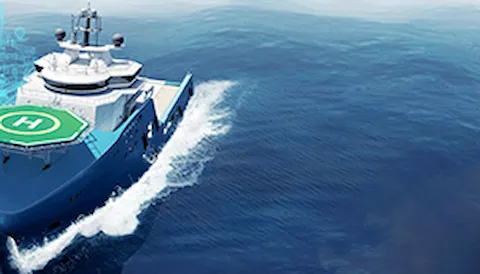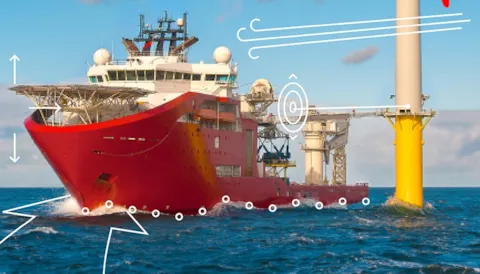Modern assets are equipped with increasingly sophisticated computer systems. Not only is the functionality of each individual control system critical for safe and efficient operations, but systems from different vendors must also interact seamlessly and share data reliably.
While automation and connectivity continue to advance across industries, direct human interaction with control systems is being reduced. This shift increases the complexity of Cyber-Physical Systems, making robust integration testing more essential than ever.
Why Integration Testing Matters
Integration testing can be performed when multiple control systems can be set up at the same test site. The goal is to verify the integrated functionality and interfaces between systems—often involving multiple vendors. Any control system with dependencies or connections to other systems is a candidate for integration testing.
The testing follows the same basic procedure as HIL testing for individual systems, but the control systems are interfaced with each other as they would be in real-world operation. In other words, the signals between the control systems are directly connected, while the simulator(s) emulate all other signals - allowing for realistic interaction and behavior analysis.
By simulating operational scenarios and introducing single-point failures in a virtual environment, we can monitor all system variables continuously and verify that the integrated control systems respond appropriately—without any risk to people, equipment, or the environment.
Examples of Recent Integration HIL Projects Delivered by DNV
- Integration of new software applications for the driller’s cabin
- Integration of third-party applications for the driller’s cabin
- Integration of Dynamic Positioning (DP) and Power Management Systems (PMS)
- Integration of PMS and thruster control systems
Benefits of HIL Testing of Integrated Systems with DNV
Partnering with DNV for HIL testing of integrated systems offers a wide range of advantages:
- A safer and more robust control system
- Ensure proper coordination of functions between several control systems
- Decisions taken from one system serve as a proper basis for the actions of another system
- Integration testing detects mismatch of signal units and scaling between different vendors
- Gain insights into whether the various vendors have used different operating philosophy when designing and developing the control systems operating together which might lead to errors
- Fewer software issues during commissioning and operation
- Improved user interface through early usability testing
- Thorough alarm system testing to verify correct behavior and prioritization
- Compliance with owners’ specifications and functional requirements
- Detection of design flaws and verification of proper failure handling
- Independent third-party verification of control system software
- Improved schedule control, with testing performed well in advance of physical asset commissioning
Reach out to DNV to learn how we can help minimize risks and ensure reliable integration of your control systems.
Contact us





